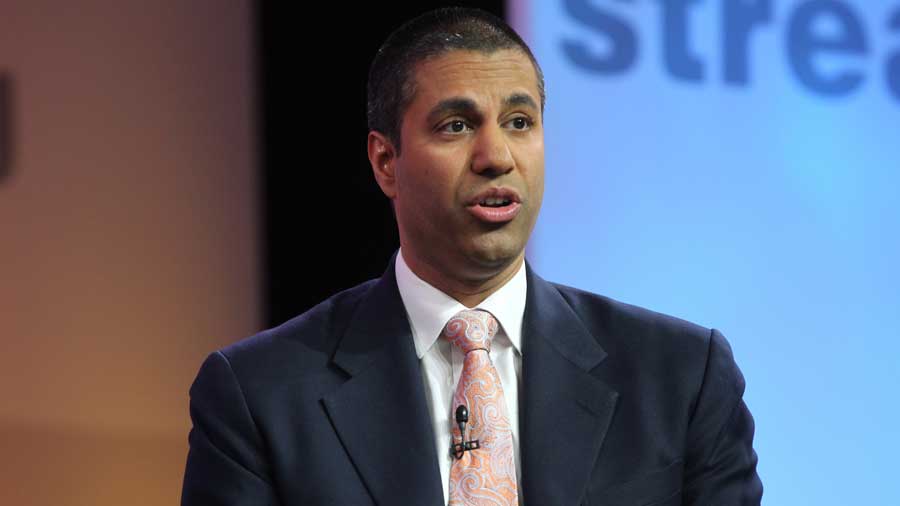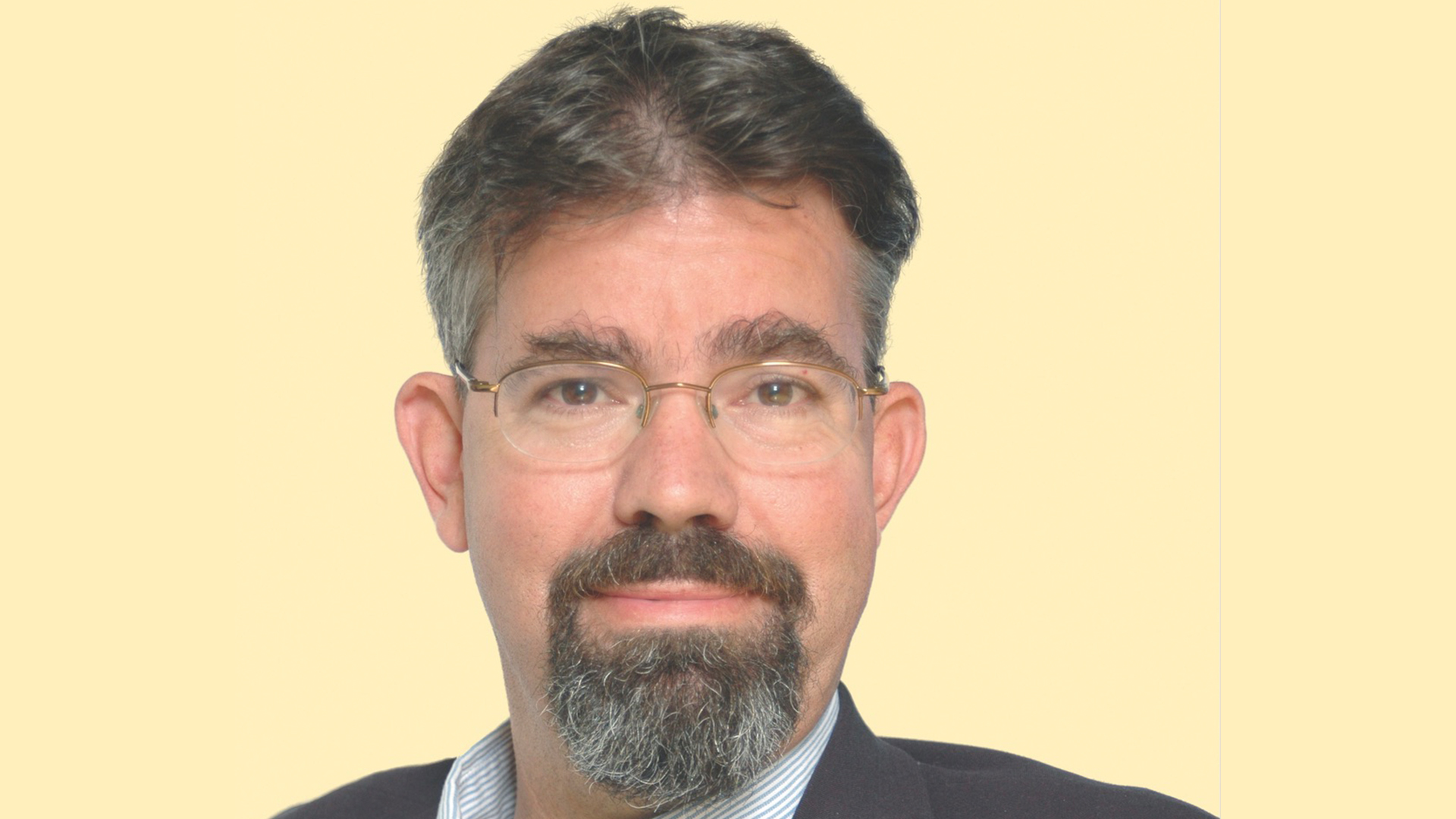Regulation Rollback Rolls On

If anything is clear in the wake of the most recent, arguably unprecedented presidential contest, it is that elections have consequences.
One of the major ones for broadband providers is that Ajit Pai, a deregulatory Republican Federal Communications Commission chair who is strongly against the reclassification of internet access under his Democratic predecessor, has reversed that decision and deregulated internet access service. He was joined in the vote by the GOP FCC majority that is also a consequence of a Republican in the White House — specifically, the current one.
That means cable and other internet service providers will likely be trying out paid prioritization business models, this time under the ostensibly watchful eyes of the Justice Department and Federal Trade Commission, with an assist from the FCC to make sure they disclose what they want to do with their newfound freedom.
With the FCC poised to act, cries of foul and predictions of the death of the internet rang out. But while many were seeing the vote to reclassify ISPs out from under common-carrier regulations as historic, Pai suggested it was just a return to regulatory business as usual dating back decades.
For both broadcasters and cable operators, business these days means long-sought deregulation. For ISPs, primarily, it is no longer living under Title II regulations. For broadcasters, it means getting out from under cross-ownership regulations that kept them from heavying up in order to — as they would argue — keep pace with competitors, and, their critics would say, allow them to grow too large and powerful.
Discount Countdown
Broadcasters have also seen the return of the UHF discount, for now, which also allows TV station groups to grow.
The smarter way to stay on top of broadcasting and cable industry. Sign up below
Even if the UHF discount is eliminated once again — a definite possibility, as Pai has conceded it is also an artifact of another era — the FCC could increase the 39% national cap on audience reach to which the discount is tied. The FCC launched that proceeding last week.
The fly in that ointment is Republican Michael O’Rielly, who doesn’t think the FCC has the authority to adjust that cap without direction from Congress. If Pai could not swing O’Rielly’s vote for raising the cap, he could leave the discount in place and punt to Capitol Hill, which, given this Congress, could mean years of discussions.
One certainty is that the federal courts are going to get a lot of exercise in the coming months.
Foes of the Sinclair Broadcast Group-Tribune Mediadeal in particular, and of media consolidation in general, have already sued the FCC over the UHF discount and are challenging the cross-ownership rule rollback.
Pai has also changed course in the FCC’s approach to subsidizing low-income broadband deployment, including proposing to cap the Lifeline program and get tougher on eligibility.
Foes of that change do not usually lead with the fact that the General Accounting Office, which is nonpartisan, has found major fraud and waste in the program. At least one high-powered Democrat — joining lots of Republicans — has called for the FCC to crack down on it.
There’s also the Justice Department’s suit against telco AT&T’s acquisition of media company Time Warner, which will play out over the next several months unless the government and the companies settle in the interim. Justice has signaled AT&T-Time Warner would need to spin off programming assets, while the companies say that is a nonstarter.
Among the other consequences of the election is that President Donald Trump’s “what about him or her” approach to criticism — Hillary Clinton and the emails, for instance — has inserted Trump, or at least that tactic, into the media sphere.
Trump indicated back when he was a candidate that he wanted to block the AT&T-TW deal, making it pretty clear that position was at least related to his dislike of coverage he was getting from Time Warner’s CNN and the prospect of it getting more powerful. Now, the DOJ’s shift in approach to vertical mergers — divestitures rather than behavioral conditions — has the appearance of being in service of the president’s world view, whether or not that is the case.
Another “what about them” change in regulatory philosophy, related to net neutrality, is the growing attention on social media platforms. ISPs have shouldered the heavy “gatekeeper” mantle alone while edge providers remained the innovative upstarts, even as some of their capital expenditures rivaled the GDP of myriad countries.
But now that the FCC has deregulated ISPs, the impact of those ISPs and edge providers can be viewed on a more level playing field as the government looks for conduct unbecoming an open internet.
Sizing Things Up
Democrats, historically in the Silicon Valley camp, have begun to raise serious questions about the impact of the size and power of Google and Amazon and Twitter and Facebook, driven in part by the oxymoronic “real” problems with “fake” news and Russian meddling, but also issues such as vetting extreme content and facilitating online sex trafficking.
Look for that scrutiny to continue, particularly as pressure ramps up on Congress to come up with legislation that clarifies what the FCC’s regulatory authority should be, given that the commission’s pendulum could swing back to regulation with a simple change in administration. That’s the kind of regulatory uncertainty both sides of the debate would like to see settled, albeit in their respective favor.
Another consequence of the election appears to be the passage of Trump’s first big piece of legislation, a corporate tax cut that has broadcasters and cable operators applauding and planning how to spend the money.
Reducing the rate from 35% to 20% will mean those companies will be keeping billions more of their profits, which they argue will be reinvested in plant and people, as well as returned to shareholders.
Contributing editor John Eggerton has been an editor and/or writer on media regulation, legislation and policy for over four decades, including covering the FCC, FTC, Congress, the major media trade associations, and the federal courts. In addition to Multichannel News and Broadcasting + Cable, his work has appeared in Radio World, TV Technology, TV Fax, This Week in Consumer Electronics, Variety and the Encyclopedia Britannica.

